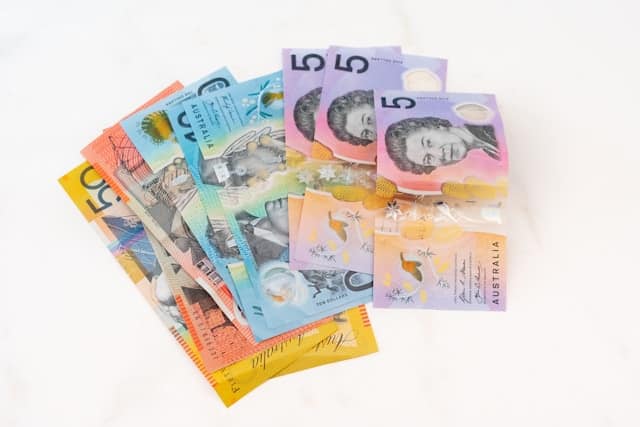Travelling across Europe from Australia means navigating a mix of currencies, payment systems, and exchange rates. While many European countries use the euro, several others maintain their own national currencies, making it important for travellers to prepare in advance.
This guide outlines the currencies used in key European destinations, tips for exchanging and using money, and advice for managing travel budgets efficiently. Whether you’re backpacking across multiple countries or visiting one destination, understanding how currency works in Europe can make your experience smoother and more cost-effective.
The Euro: Europe’s Most Widely Used Currency
The euro (EUR) is the official currency in 20 of the 27 European Union countries, collectively known as the Eurozone. Countries such as France, Germany, Italy, Spain, the Netherlands, and Portugal all use the euro, making it convenient for travellers moving between these destinations. Euros are available in both coins and banknotes, with widely accepted denominations and consistent banking standards.
Australian travellers can exchange AUD to EUR before departure or upon arrival at airports, banks, or currency exchange kiosks. However, many prefer to withdraw euros from local ATMs using international debit or travel cards for better rates. Credit and debit cards are also accepted throughout most of the Eurozone, particularly in cities and tourist regions.
Countries That Don’t Use the Euro
Not all European countries use the euro. Some retain their own national currencies, which means travellers need to be prepared for additional exchanges. For example:
-
The United Kingdom uses the British pound (GBP), which is among the strongest global currencies. Learn more about the United Kingdom’s currency (the British Pound).
-
Switzerland, although centrally located in Europe, uses the Swiss franc (CHF). It is known for its stability and unique banknote designs. Read more on Switzerland and the Swiss Franc.
-
Bulgaria continues to use the Bulgarian lev (BGN). While the lev is pegged to the euro, they are not interchangeable.
-
Romania uses the Romanian leu (RON). Though an EU member, it has not adopted the euro. Explore more about Romania and the Romanian Leu.
Travellers should be aware that exchange services may be less common in rural or less tourist-driven areas, so carrying local currency or using a no-fee international card is recommended.
Currency Exchange Tips for Australian Travellers
Currency exchange rates fluctuate, so it’s helpful to plan ahead and monitor rates before exchanging large amounts of money. It’s generally better to avoid exchanging at airport kiosks, which tend to offer less favourable rates compared to banks or online platforms.
Using travel cards or international debit cards can offer better value, especially those with low or no foreign transaction fees. Apps that track exchange rates and spending—like digital banking platforms—are also useful for budget-conscious travellers. Always notify your bank before international travel to avoid card blocks.
Cash is still important in many places, especially for small purchases or in more rural areas. However, contactless payments are becoming increasingly widespread across Europe, particularly in larger cities.
What to Pack and Plan for Currency Use
To stay organised and avoid overspending, consider the following tips when managing currency across multiple countries:
-
Research which countries use the euro versus a national currency
-
Carry a small amount of local currency for tips, transport, or small shops
-
Use a secure travel wallet to store cash, cards, and receipts
-
Enable international payments on your debit and credit cards
-
Download apps to check exchange rates and ATM fees
-
Choose ATMs affiliated with major banks to avoid high withdrawal fees
-
Keep a record of exchange transactions for budgeting and tracking
For ongoing updates on global currencies and exchange trends, visit the Remitly Currency Blog.
FAQ: Currency in Europe
1. Do I need to carry cash in Europe, or can I use my card?
You can use cards in most cities, but it’s best to carry some cash for small purchases, especially in rural areas or markets.
2. Are euros accepted in non-euro countries like Switzerland or the UK?
Generally, no. While some tourist areas might accept euros, local currency is preferred and often required.
3. What is the best way to exchange Australian dollars for euros or other currencies?
Withdrawing from local ATMs or using online exchange services usually offers better rates than airport or hotel currency counters.
4. Can I use one currency across all of Europe?
No. While the euro is widely accepted, several European countries still use their own currencies, so exchanges may be necessary.
5. Should I exchange money in Australia or wait until I arrive in Europe?
You can exchange a small amount before travelling, but you may get better rates and flexibility by using ATMs or banks upon arrival.
